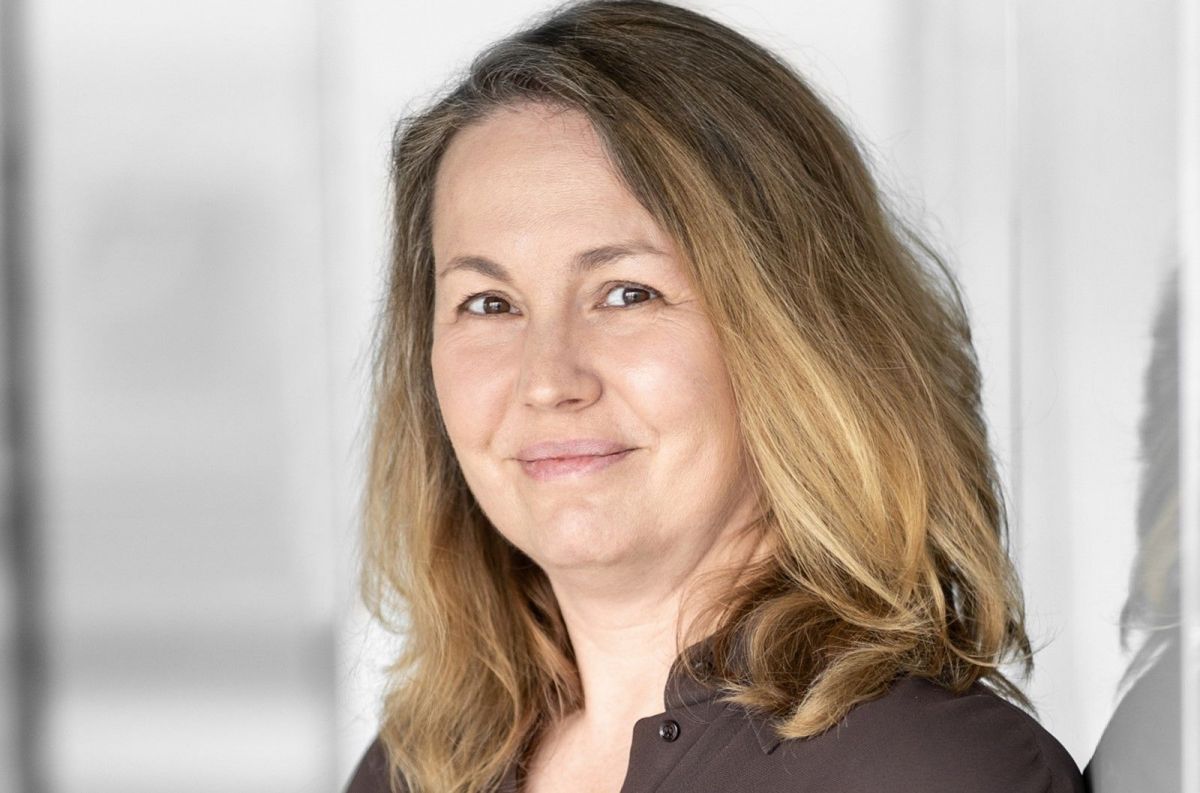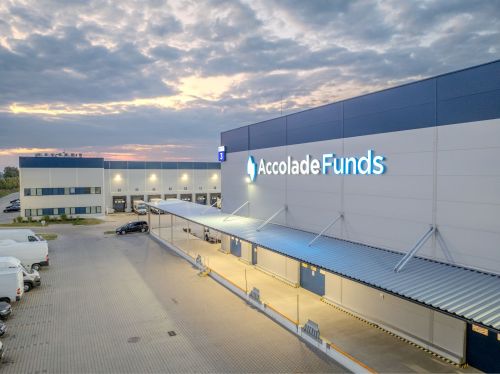For the same reasons, we can’t predict with one hundred percent certainty what the interest rates will be in six to twelve months’ time, where yields will end up, or whether the investment transaction volume is going to reach its expected level. After all, we’re operating in a field in which even Oppenheimer would have to work with a large margin of uncertainty. This doesn’t mean, however, that there’s no point in making any such calculations. Without mathematics, we wouldn’t be able to achieve profitability in the first place or establish the conditions for refinancing a project – even though it’s often only approximations or guestimates that are fed into these equations. But these estimates will eventually turn into hard figures in the future. Statistics and analysis can better reflect the future reality than even our best guesses.
It’s better not to trust our own intuition when we can actually measure something – and I say































































